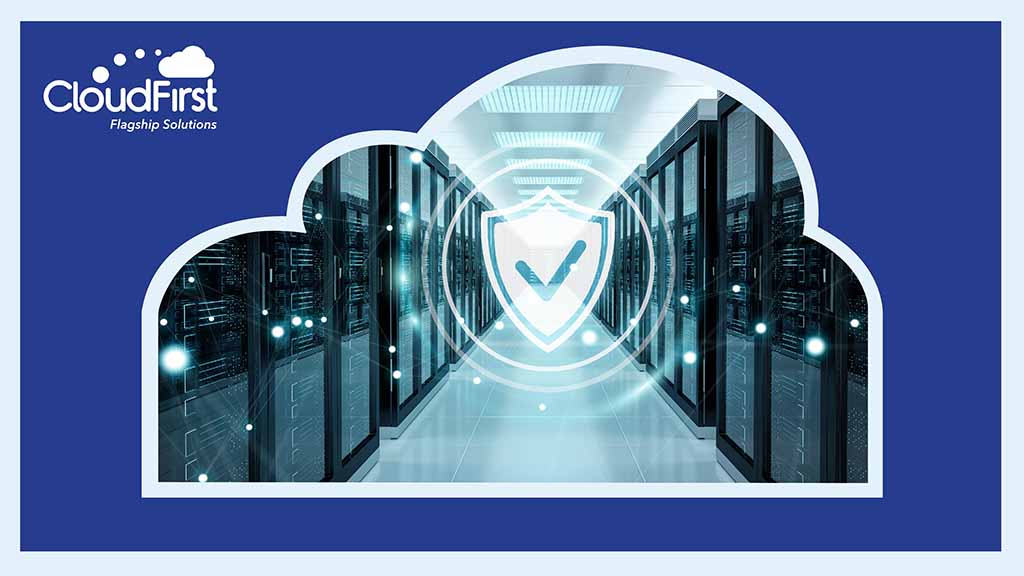How confident are you in your endpoint security? The truth is that if you don’t harden your servers and clients, your entire network may be at risk.
Endpoint detection and response (EDR) solutions are more critical than ever. IBM reports that 90% of successful cyberattacks and as many as 70% of successful data breaches originate at endpoint devices.
Endpoints remain one of the most exposed and exploited areas of any network, and they must be secured to protect sensitive data and mission-critical applications.
The rise in remote and hybrid work models has created a new playing field where companies must maintain endpoint security not only across an office space but also—in some cases—across multiple states or even countries.
IBM defines endpoint security as “a network’s critical first line of cybersecurity defense, [that] protects end users and endpoint devices—desktops, laptops, mobile devices, servers and others—against cyberattacks.”
There’s no question that endpoint security management is a critical aspect of a complete cybersecurity defense.
Chief information security officers (CISOs) and chief security officers (CSOs) shouldn’t have to manually manage endpoints to ensure their networks are fully protected.
Automated defense is the best shield against automation-based attacks, and there’s more than one way to handle automated server and endpoint security protection in today’s world of constant tech innovation and improvement.
EDR vs. antivirus solutions: What to know

Endpoint security is more than installing antivirus software.
EDR and antivirus solutions do not offer the same depth of protection. While antivirus software mainly aims to detect and prevent known malicious software from infecting endpoints, EDR solutions provide enhanced visibility, monitoring, and response capabilities to detect and respond to known and unknown threats at the endpoint level.
The more scattered the devices, the more deliberate and complete the approach to endpoint security management should be. This is especially important for teams managing distributed clients across remote or hybrid workforces.
Further, when a server is on the cloud, manual endpoint security protection can be difficult to maintain. Antivirus software may not be robust enough to protect a cloud environment.
That said, the cloud isn’t going anywhere. Cloud-based environments are ideal supports for remote workforces due to their flexibility, their budget-friendly cost structure, and their on-demand scalability.
To illustrate why this matters, let’s look at how IBM—the world’s leading EDR player—approaches automating endpoint security management for the cloud.
Cybersecurity automation for IBM Power Systems is a key element of endpoint security protection

There are a few main options when searching for an endpoint security manager that delivers on its promises. At the very least, an effective EDR tool should include realtime threat detection, endpoint visibility and asset management, and compliance support.
Leveraging AI-driven security automation to stay compliant and on top of threats is the secret weapon for efficient endpoint security management. This includes cybersecurity automation for IBM Power Systems, cybersecurity automation for IBM i, and cybersecurity automation for IBM AIX.
Below are three endpoint security solutions that integrate elements of automation.
QRadar EDR
IBM’s QRadar EDR solution offers “a holistic approach to EDR” that:
- Remediates known and unknown endpoint threats in near real time
- Enables informed decision-making with attack visualization storyboards
- Automates alert management to reduce analyst fatigue
- Empowers staff and helps safeguard business continuity with advanced continuous learning AI capabilities and a user-friendly interface
One of the chief benefits of cybersecurity automation for AS/400 and other Power Systems as part of your endpoint security management is the move from reactivity to proactivity.
End users of QRadar EDR praise its easy deployment and integration, the overall quality of the product’s capabilities, and the top-notch customer support before and after deployment.
One head of IT working in a cloud environment reported that the deployment was straightforward and the dashboard portal was easy to use. Furthermore, they said the product was cost-effective, featuring great performance and functionalities with a low system footprint.
HCL BigFix
Another option for endpoint security management on the cloud is HCL BigFix. BigFix offers:
- Complete solutions for endpoint protection across nearly 100 different operating systems
- Automated patch management
- Continuous compliance with industry benchmarks
- Revolutionary vulnerability management with award-winning cybersecurity analytics
BigFix operates with on-premises, virtual, or cloud-based endpoints across any operating system, location, or connectivity.
ezAutomate
ezAutomate by CloudFirst protects devices from malicious cyber attacks by rapidly detecting and responding to threats with AI-driven automation, securing servers on the cloud and on-prem simultaneously.
The ezAutomate solution provides a single console for:
- Deploying and distributing software
- Updating operating systems and applications
- Managing software licensing
- Monitoring and optimizing IT processes
- Detecting and remediating vulnerabilities
Automated AI-driven server and endpoint management is the cornerstone of intelligent security and infrastructure management, and the right software can make all the difference.
What to consider when implementing endpoint security solutions on the cloud and hybrid clouds (and why cloud type matters)

The three main types of clouds are public, private, and hybrid. Once you determine which cloud type you have or are planning to adopt, you’ll have a better idea of how best to secure it and what type of endpoint security management makes the most sense.
In a private cloud, a single organization controls and maintains the underlying infrastructure to deliver IT resources, which means the organization does more heavy lifting and has more control. In a public cloud, external cloud providers deliver the resources as a fully managed service—less control but also less heavy lifting.
A hybrid cloud environment marries these two functions, It operates on an IT infrastructure design that integrates a company’s internal IT resources with third-party cloud provider infrastructure and services, allowing you to store your data and run your applications across multiple environments.
A 2024 State of Cybersecurity Survey from Forta found that 64% of IBM i user organizations are on a hybrid cloud.
The next consideration that helps determine best practices is whether you’re a tenant or an owner of your cloud space.
If you’re renting cloud space in a hybrid cloud, you typically have access to managed services and have less control over maintenance and management. You also have the option to customize your service, to a point.
To get the most out of cloud endpoint security, it’s important to know the main threats looming over your environment.
In a recent IBM X-Force Cloud Threat Landscape Report, the top threats were found to be:
- Business email compromise (BEC)
- Adversary-in-the-middle (AITM) phishing
- Credential harvesting
- Theft
Over the past two years, 39% of incidents consisted of BEC attacks, where attackers spoof email accounts and pose as someone within the targeted organization or another trusted organization. Phishing accounts for 33% of cloud-related incidents, with attackers often using phishing to harvest credentials through AITM attacks.
Bad actors farming cloud credentials on the dark web are rampant. Compromised credentials were the second most common entrance point at 28%, despite a 20% drop in mentions of SaaS platforms on the dark web as of 2023.
Now is the time to embrace automated endpoint security management—don’t leave it to chance
Deploy the right endpoint security manager to mitigate these risks, including ransomware attacks on IBM i systems and move your organization from a reactionary protocol to a preventive model.
If you’re ready to step into automation and safeguard your network’s data without the drudgery of manual endpoint security management, get in touch with CloudFirst to learn more.

